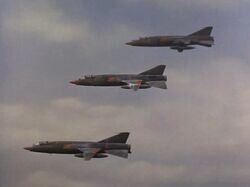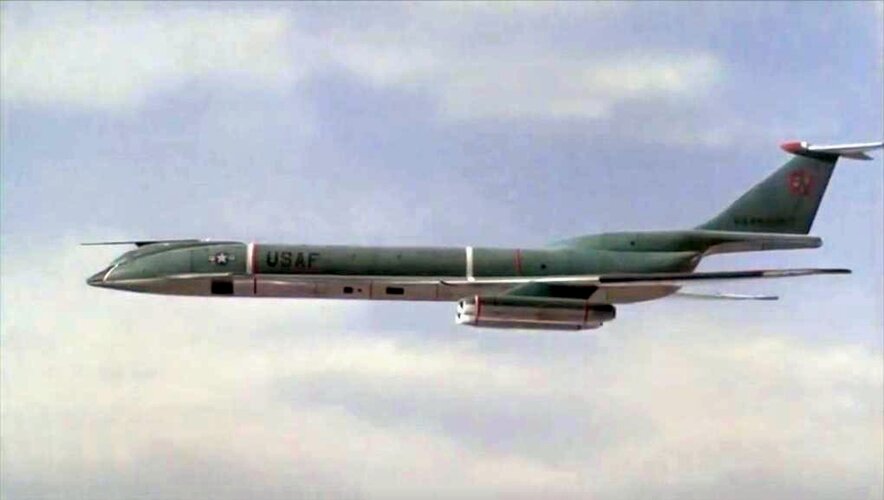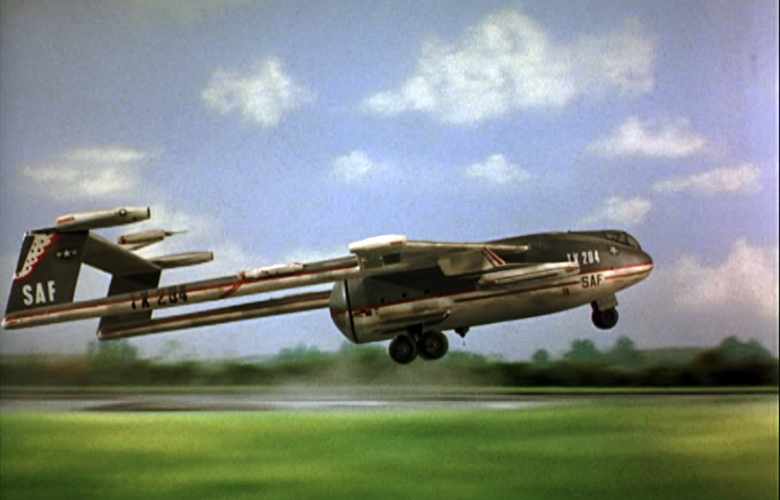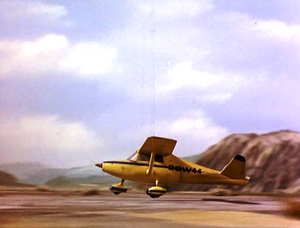The level of sophistication of your weapons systems largely depends upon what your enemies are operating. Then you need more and one notch faster, heavier, etc.
To the north, look to Rhodesian experience battling communist insurgents. Rhodesia flew plenty of French-designed Allouette III helicopters because they were the first practical turbine-powered choppers, but they could only carry 4 or 5 soldiers at at time. Rhodesian soldiers needed turbine engines for high density altitudes. Late in the war, Rhodesia also bought a batch of turbine-powered Bell UH-1 Huey helicopters that could carry 10 soldiers at a time.
In the north, you will also need STOL transports and ground attack airplanes. Fixed-wing STOL airplanes are needed to move men and supplies between forward operating bases.
Ground attack airplanes need to be fast enough to out-run the opponents' airplanes while carrying enough chaff (and other counter-measures) to confuse their AAA.
To the South, you need serious anti-armor airplanes. I am guessing that the southern neighbor has British made tanks. The low end are
Scorpion light tanks, with Centurion main battle tanks at the high end ... a tough nut to crack.
Speed is determined by the top speed of the southern republic's airplanes ... the OP already suggested supersonic. My bias would be to cooperate with Israel, Romania, Sweden or Switzerland in developing a super-sonic, single-seat, light fighter and ground attack airplane. We hope that this neo-continent is far enough from Africa, that they do not need long range interceptors.
As for the neo-continental navy ... start with long-range patrol airplanes to discourage smugglers and poachers. Perhaps a single type of airframe (e.g. Lockheed KC-130) can fulfill multiple roles (MP, tanker and transport).
Maritime strike will require something faster in the Buccaneer to F-4 Phantom range.





